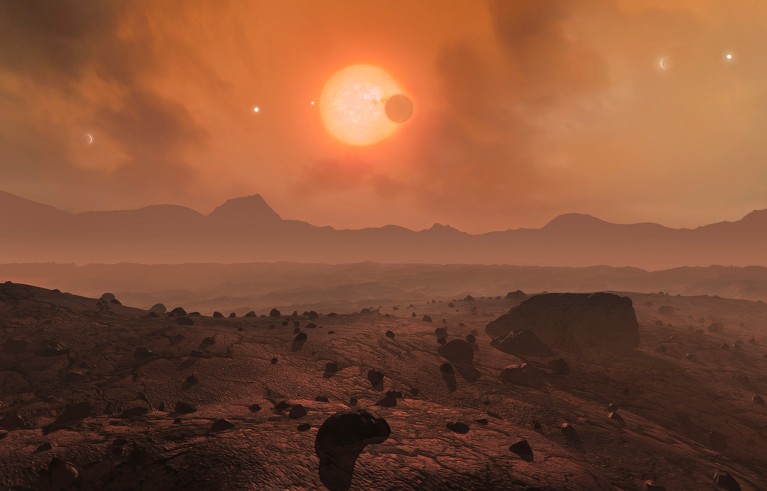- RESEARCH HIGHLIGHT
- Correction 05 June 2024
Never mind little green men: life on other planets might be purple

An exoplanet (artist’s illustration) that’s home to living organisms might not look green. Credit: Mark Garlick/SPL
Access options
Access Nature and 54 other Nature Portfolio journals
Get Nature+, our best-value online-access subscription
$29.99 / 30 days
cancel any time
Subscribe to this journal
Receive 51 print issues and online access
$199.00 per year
only $3.90 per issue
Rent or buy this article
Prices vary by article type
from$1.95
to$39.95
Prices may be subject to local taxes which are calculated during checkout
Nature 629, 263 (2024)
doi: https://doi.org/10.1038/d41586-024-01261-8
Updates & Corrections
-
Correction 05 June 2024: An earlier version of this article used an incorrect version of the first author’s name.
References
Coelho, L. F., et al. Mon. Not. R. Astron. Soc. 530, 1363–1368 (2024).
